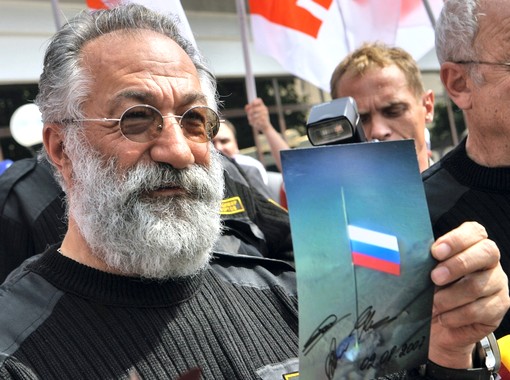
On February 10, 2016, Russia has submitted evidence to a U.N. commission that the southern part of the Gakkel Ridge and the Podvodnikov Basin, as well the Lomonosov Ridge, the Mendeleyev Ridge, and the Chukotka Plateau, are a continuation of the Russian continental shelf, which means the country’s borders in the Arctic could expand by as much as 1.2 million square kilometers.
Russia’s presentation to the United Nations was made by the Natural Resources Minister Sergei Donskoi, who said Russia has done a great deal of research and collected exhaustive data proving its rights to expand its borders in the Arctic. More than 10 years of work went into preparing the materials.
“All of the data gathered confirm the continental nature of the Lomonosov Ridge, the Mendeleyev-Alpha elevation, the Chukotka Plateau, as well as the uninterrupted continuation of these elements from the shallow water shelf of Eurasia. This is indicated by the consistency of the sedimentary cover, the elements of the floor, as well as the general continuity and consistency of deep layers of the earth’s crust and the absence of transverse faults of a shifting nature in the area of the juncture of the Lomonosov Ridge and the Eurasian continent,” Donskoi said after the presentation in New York.
“In general, the areas that Russia is claiming cover the geomorphic shelf of Russia’s Arctic peripheral seas, a part of the Eurasian basin (Nansen and Amundsen basins and the Gakkel Ridge) and the central part of the Amerasian Basin, consisting of the Makarov Basin and a cascade of Central Arctic submarine elevations. The application for establishing the external borders of the continental shelf in the Arctic Ocean is based on the scientific understanding that the Central Arctic underwater elevations in question have a continental nature and are part of the submarine rises that are a natural component of the continental margin,” the Minister said.
No decisions on the Russian applications are expected this year. Donskoi said the U.N. commission’s review of the application could take two to four years.
“The application is very extensive, and there is a lot of information. We hope to fall within the standard timeframe, and the standard timeframe for considering applications is around two years, with a maximum of four years,” Donskoi said. For the time being, the experts of the U.N. commission will discuss specific sections and positions stated in the Russian application.
Russia’s main rival in delineating boundaries in the Arctic is Denmark, which wants to prove that almost all of the territory that Russia is claiming is part of its continental shelf.
Donskoi said that the areas presented in Denmark’s application as belonging to the continental shelf north of Greenland significantly overlap with the areas included in the Russian application. This includes the area of the Arctic Ocean near the North Pole and a part of the Lomonosov Ridge. There might be similar overlaps in Canada’s application.
Russia has held consultations with Denmark and Canada on this issue and reached an understanding that the three countries do not object to the commission’s considering the others’ applications and making its recommendations.
The final delineation of Russia’s continental shelf in the Arctic Ocean will be made after the commission makes its recommendations on the Russian application.
Donskoi also said that the commission has received three verbal notes from Canada, Denmark, and the United States through the U.N. Secretary General’s office. “None of the verbal notes contain objections against the consideration of this partially revised Russian application by the U.N. Commission on the Limits of the Continental Shelf,” the Minister said.
Denmark was also supposed to present its application on February 9, but it was postponed, Donskoi said.
Under the 1982 U.N. Convention on the Law of the Sea, the seafloor and its subsurface resources beyond the continental shelf are the common heritage of mankind, represented by the International Seabed Authority. The convention has been approved by 155 countries, including most leading developed maritime nations, except the United States.
Russia adopted and ratified the convention in 1997. Three years later, the Russian government drafted a concept for the external boundaries of Russia’s continental shelf, in which it tried to show that the country’s continental shelf in the Arctic Ocean goes beyond the 200-mile zone. Russia submitted its first preliminary application to expand its borders to the U.N. in 2001.
Taking into account subsequent findings, Russia split its application into two parts – one to expand the boundaries of the shelf in the Sea of Okhotsk and the second to expand the boundaries in the Arctic – and began working on the geological substantiation. Over a period of 10 years, Russia conducted major geological and geophysical research in the Arctic Ocean to study the nature of the Mendeleyev and the Lomonosov Ridges, conducting bathymetric and seismic surveys. The last expedition to the Arctic in October 2014 conducted geological and geophysical research in the area of the Podvodnikov and the Amundsen Basins and crossed the North Pole, where such research had not been done before.
Russia has already succeeded in expanding the borders of its continental shelf. In August 2013, a Russian delegation made a similar presentation to the U.N. commission of an application to expand the borders of the shelf in the central part of the Sea of Okhotsk by more than 50,000 square kilometers. The commission approved the application a year later. However, the commission made its decision in a more stable political climate, and there were no other claimants to this area.
Five countries – Russia, Denmark, Norway, Canada, and the United States – are now seeking to expand their continental shelf in the Arctic. Denmark’s application to the U.N. commission claims 900,000 square kilometers of the Arctic, including the North Pole. In its turn, Canada is also preparing to substantiate the application it filed.


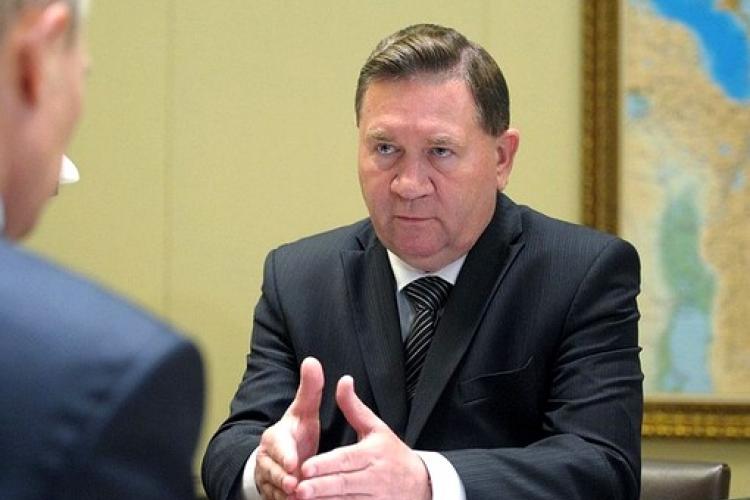
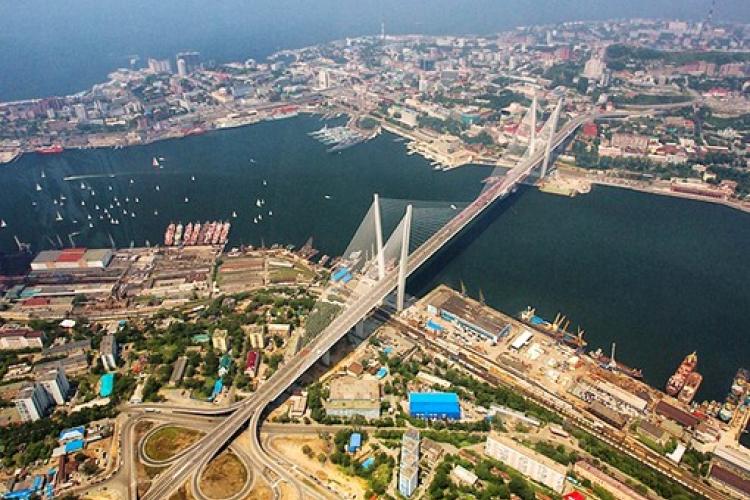
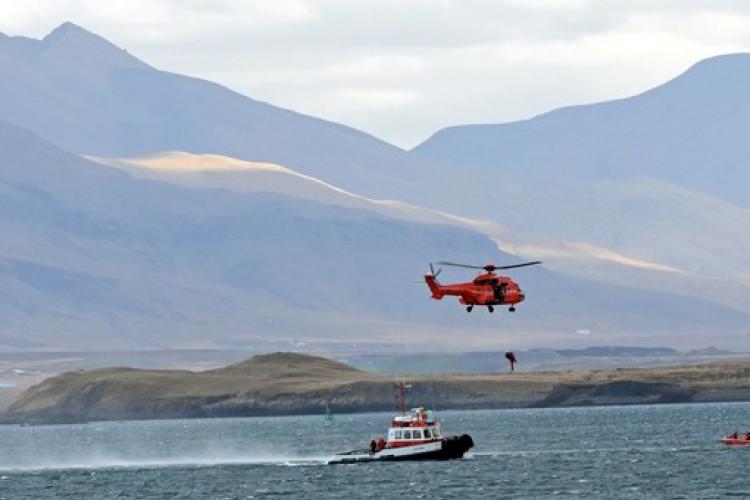
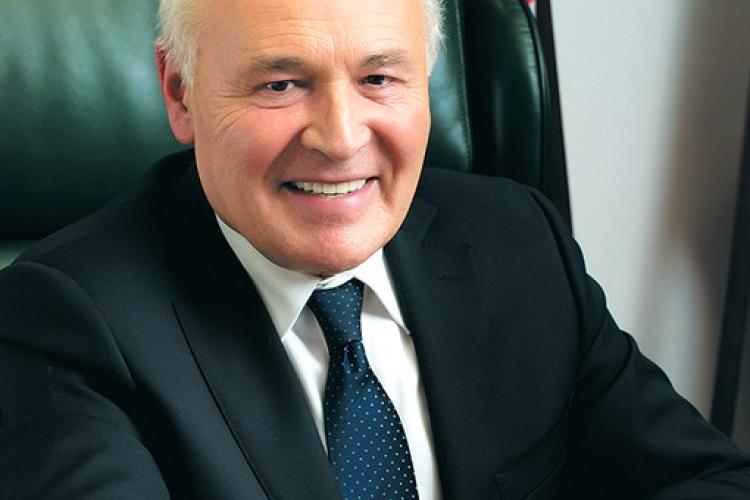



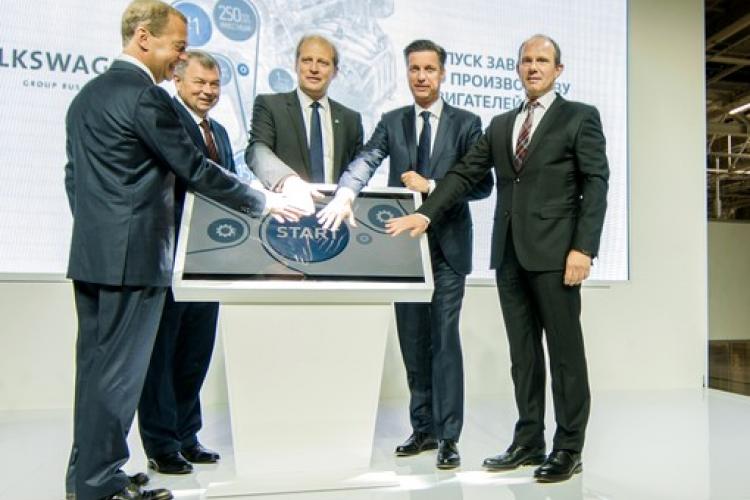
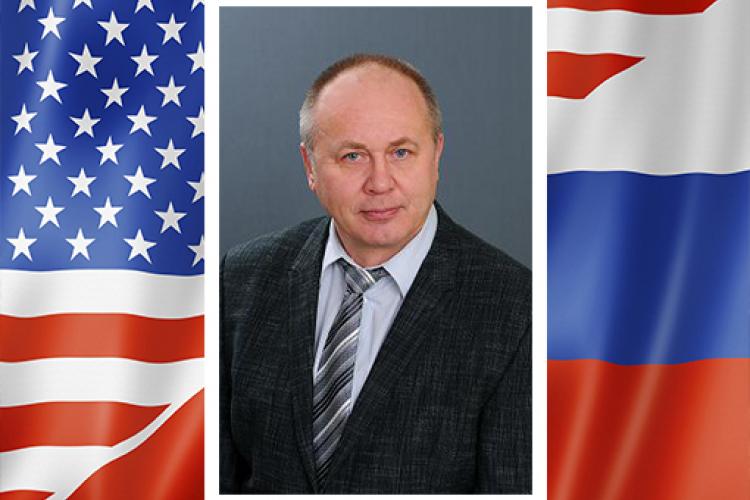

Leave a comment